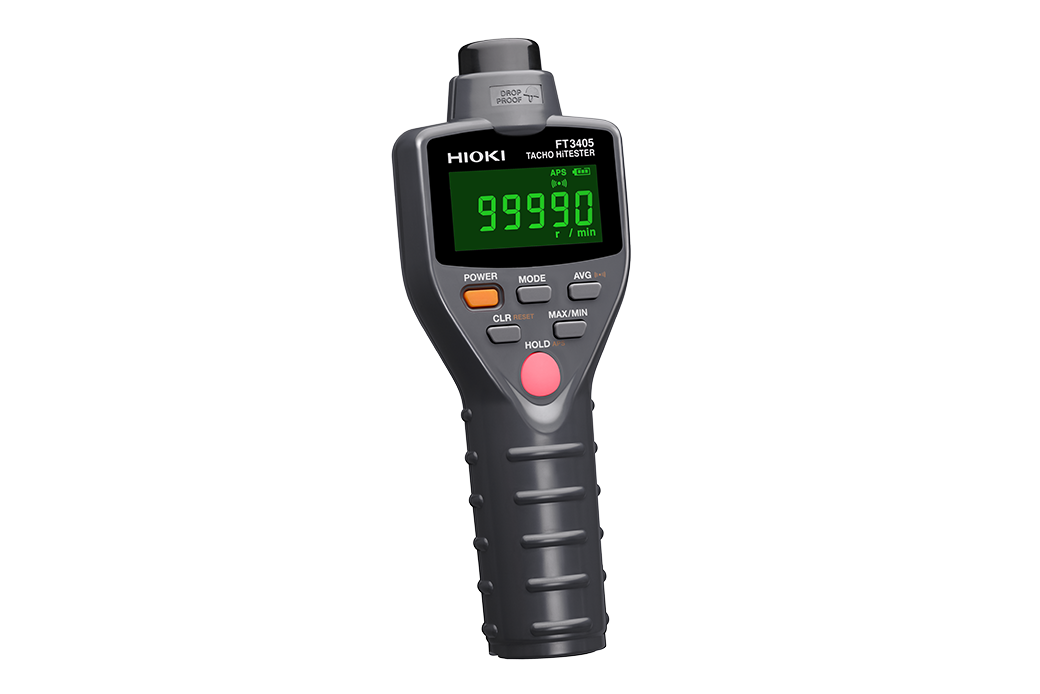Contact Measurement of Rotation Speed
Accurate Conveyor Belt Speed is Crucial to Production and Manufacturing
Accurate and reliable measurement of conveyor belt speed is critical for many production and manufacturing facilities for ensuring continuous transport of production materials, work in progress or finished goods. Shipping companies, distribution warehouses, and airports all rely on a complex system of conveyor belts to make sure goods get to their proper locations. Large conveyor belts are particularly effective and often required for moving heavy bulk materials such as iron ore, coal, fertilizer, or grain because of their high efficiency and ease of use. In mass production, many manufacturers use multiple conveyor belts, with some belts traveling at higher speeds and some slower depending on the nature of the production at that particular step.

Measuring the Speed of Conveyor Belts
The speed of a conveyor belt can be measured simply by using a tachometer to measure the rotation speed of the moving belt by measuring planar velocity, or directly via the conveyor belt shaft. The results captured in terms of revolutions per minute can then be used to analyze and troubleshoot individual conveyors as well as the overall conveyor belt system.
A Convenient Solution in the FT3405 and FT3406 Tachometer
The Hioki FT3405 and FT3406 is a wide range industrial-grade digital tachometers that offers both contact and non-contact rotation and cycle measurements. The relatively slow speed of conveyor belts make them conducive to the contact method, which is facilitated using the optional Z5003 Contact Adapter to measure the rotation speed.

How to Use
* To measure a conveyor belt’s planar velocity, attach the 9212 Peripheral Ring to the Z5003.
* To measure the speed of a rotating object like a conveyor belt shaft, attach the optional 9032 Metal Contact Tip or 9033 Rubber Contact Tip to the Z5003, and press the tops toward the center of rotation.
* Besides a digital reading directly on the tachometers, the FT3406 also provides analog and pulse output to a recorder or other data acquisition device in order to facilitate more advanced analysis and belt conveyor timing.
* The measurement range is from 15 rpm to 19,990 rpm.


